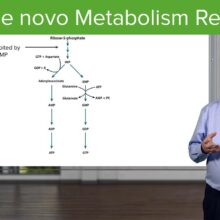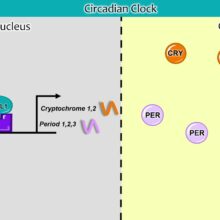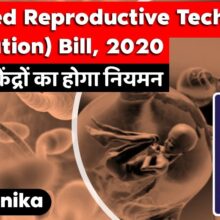Regulation of hexokinase 4
Hexokinase iv regulation mechanism.
Download the study materials here-
Mammalian hexokinase IV, also referred to as glucokinase, differs from other hexokinases in kinetics and functions.
The location of the phosphorylation on a subcellular level occurs when glucokinase translocates between the cytoplasm and nucleus of liver cells. Glucokinase can only phosphorylate glucose if the concentration of this substrate is high enough; its Km for glucose is 100 times higher than that of hexokinases I, II, and III.
Hexokinase IV is monomeric, about 50kD, displays positive cooperativity with glucose, and is not allosterically inhibited by its product, glucose-6-phosphate.
Hexokinase IV is present in the liver, pancreas, hypothalamus, small intestine, and perhaps certain other neuroendocrine cells, and plays an important regulatory role in carbohydrate metabolism. In the beta cells of the pancreatic islets, it serves as a glucose sensor to control insulin release, and similarly controls glucagon release in the alpha cells. In hepatocytes of the liver, glucokinase responds to changes of ambient glucose levels by increasing or reducing glycogen synthesis. Source of the article published in description is Wikipedia. I am sharing their material. © by original content developers of Wikipedia.
Link-
[ad_2]
Source link





u r not so clear with ur concepts
This is wrong
Hexokinase 1 is found in muscle and 4in hepatocytes
complimenti
2:25 this is backwards. Hexokinase IV (glucokinase) is found in the liver.
Hexokinase I (and predominantly Hexokinase II) are found in myocytes, muscle cells.
If you think about it, it makes a lot of sense when you look at the graphs and compare each to what these cells do. What do I mean? You correctly remind us that a sigmoidal curve suggests allosteric regulation, so consider where we would want to allosterically regulate the rxn: glucose to glucose 6-PO3. This would be best suited for the liver. Why? It consumes glucose and stores it with no regard, which is nice, but we don't want this to consume all of the available glucose — this would kill us.
In the muscles, the need is a little different; essentially, if there is glucose, we need to be using it, not storing it. There is a limit to how much we can use at any moment, though. We see the hyperbolic curve — where HKase I (and also II) reaches v_max at low concentration — represents this idea best, if you recall that hyperbolas come about when the substrate is part of the feedback control mechanism.
Glucokinase (hexokinase IV) is mainly present in the liver. And Hexokinase I is present in all metabolic cells. My dear first clear your concepts then teach others. Otherwise you will ruin those who are watching your videos.
wrong ….
Thank you
Slow down dude! whats the hurry??
dude what u are saying is completely wrong …
hexokinase is found in liver, you are mistaking
The brain expresses predominantly hexokinase 1 while the liver expresses glucokinase (hexokinase 4).
there is a wrong
hexokinase I is found in all living tissues but Glucokinase is found in the hepatocytes of the liver. What u had stated is wrong! please get your basics right!
Isn't glucokinase found only in the liver and Beta cells and hexokinase I found in most tissues not really liver?